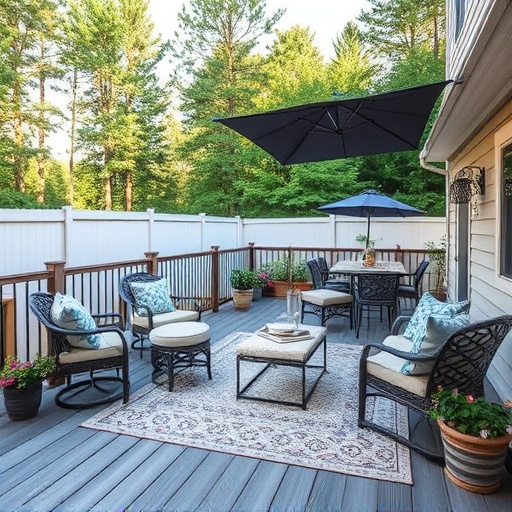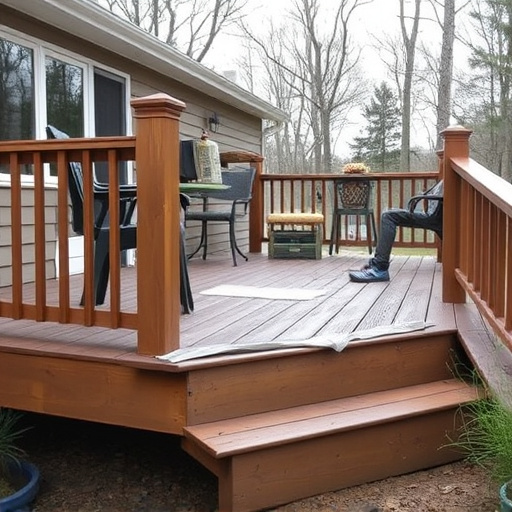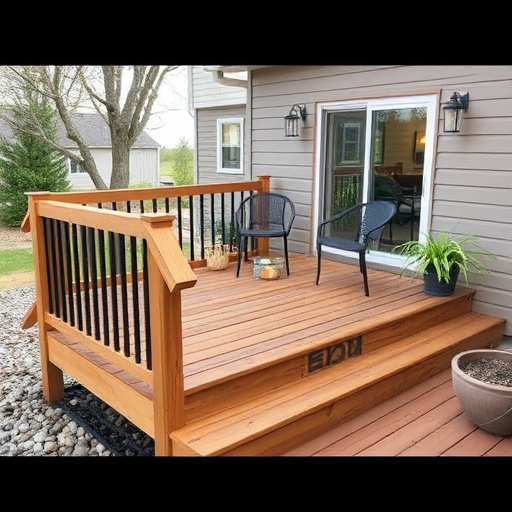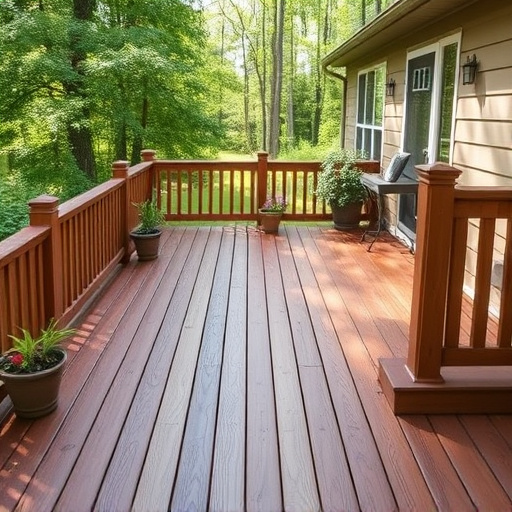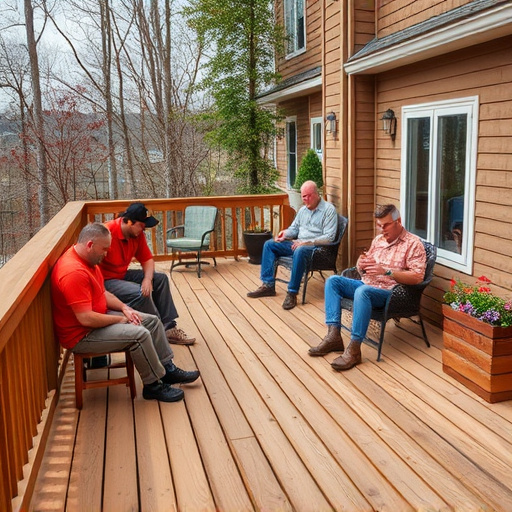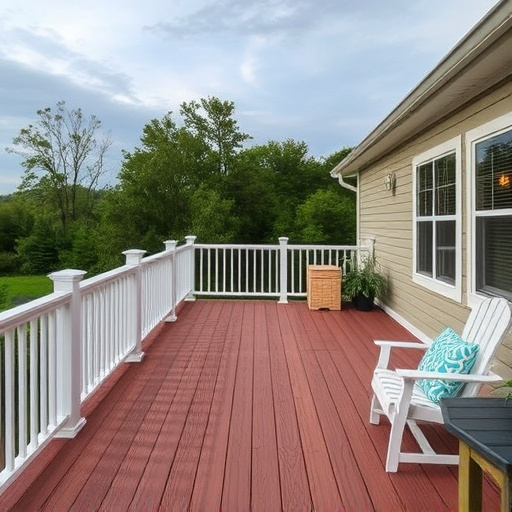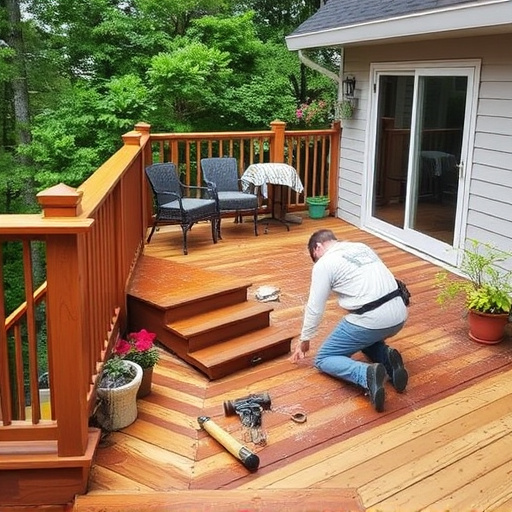Deck sealing protects wood from moisture damage, preventing mold and mildew by blocking water absorption. Use oil-based, water-based, or stained sealers annually in humid areas, focusing on high-risk corners and joints. Best practices include cleaning with mild soap, repairing damage, and choosing high-quality sealants for long-lasting protection.
Maintaining a stunning, healthy deck involves more than just regular cleaning. Deck sealing is a powerful tool in preventing mold and mildew growth, ensuring your outdoor space remains a relaxing haven. This guide explores essential deck sealing tips and best practices for optimal protection. From understanding the basics to identifying high-risk areas, we’ll equip you with the knowledge to preserve your deck’s beauty and durability.
- Understand Deck Sealing Basics for Effective Protection
- Identify High-Risk Areas Prone to Mold and Mildew
- Implement Best Practices for Long-Lasting Deck Preservation
Understand Deck Sealing Basics for Effective Protection
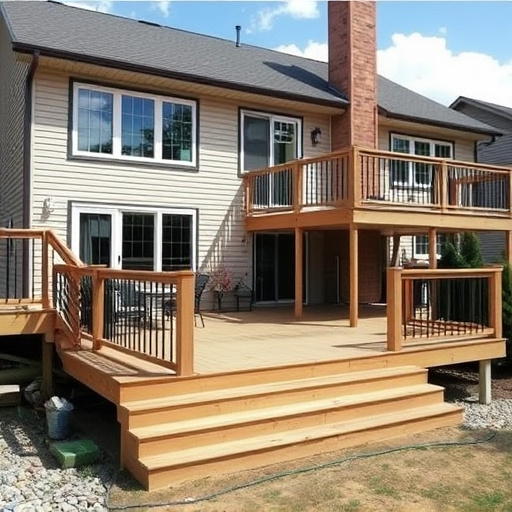
Deck sealing is a crucial process to protect your wooden deck from the elements, especially moisture. When done correctly, it creates a barrier that prevents mold and mildew growth, ensuring your deck remains in top condition for years. To achieve this, understanding the basics of deck sealing is essential.
The first step involves preparing the surface by cleaning and repairing any damaged or rotten wood. This might include sanding to ensure an even application of the sealant. Once ready, choose a high-quality deck sealer suitable for outdoor use. Common options include oil-based sealers, water-based ones, and stains that offer varying levels of protection and aesthetics. Applying the sealer evenly across the deck’s surface will create a protective coat, filling in pores to block moisture absorption. Regular reapplication, typically every 1-3 years, is key to maintaining this barrier, especially in regions with frequent rainfall or high humidity.
Identify High-Risk Areas Prone to Mold and Mildew
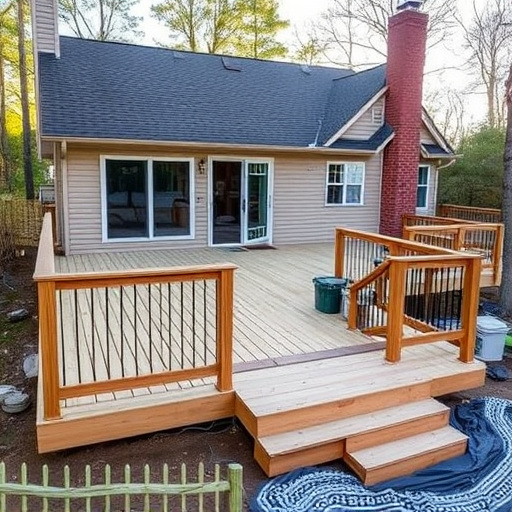
Identifying high-risk areas on your deck is a crucial first step in preventing mold and mildew growth. These problem spots often include areas with persistent moisture, such as corners, joints, and spaces between decking boards where water can pool or get trapped. Overlapping boards or inadequate drainage can also create ideal conditions for fungal growth. Regularly inspecting these zones and addressing any signs of moisture accumulation early on is key to maintaining a healthy deck environment.
Remember that even areas seemingly protected by roofing solutions or professional siding installations aren’t immune. Siding and roofing materials can shield your deck from direct sunlight and rain, but they also trap humidity, which mold and mildew thrive on. Proper decking sealing not only creates a protective barrier against the elements but also helps regulate moisture levels, making it an essential part of any long-term strategy to prevent these unsightly and potentially harmful growths.
Implement Best Practices for Long-Lasting Deck Preservation
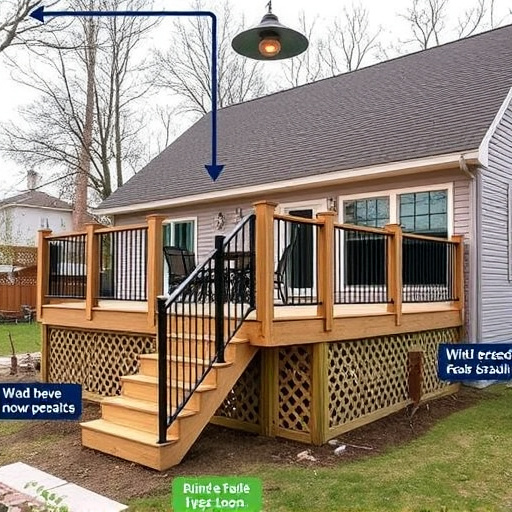
To ensure long-lasting deck preservation, implementing best practices is paramount. Begin by choosing a high-quality deck sealing product designed to protect against mold and mildew. Regularly cleaning your deck with mild soap and water can prevent surface buildup, but for deep penetration and protection, apply a coat of sealant annually. This simple step creates an impenetrable barrier, shielding your deck from the elements and prolonging its lifespan.
Consider the overall condition of your deck when selecting a preservation method. If you’re dealing with damaged or rotten boards, addressing these issues before sealing is crucial. Repairs, such as replacing worn-out siding or fixing loose nails, ensure a seamless finish and optimal protection. Commercial siding offers advanced protection against moisture ingress, while home service solutions can provide tailored advice for your specific deck care needs.
When it comes to preserving your deck, understanding the basics of deck sealing and implementing best practices are key. By identifying high-risk areas prone to mold and mildew growth, you can effectively protect your outdoor space. Remember, regular maintenance and a quality sealing product will ensure your deck stays vibrant and healthy for years to come. Embrace these tips, and take control of preventing unwanted growth with your next deck sealing endeavor.








